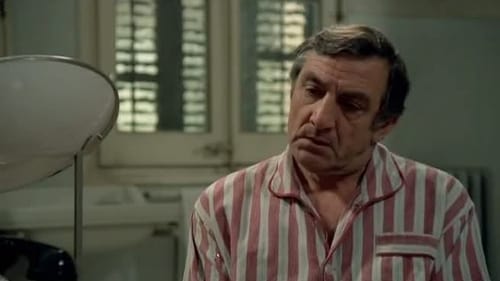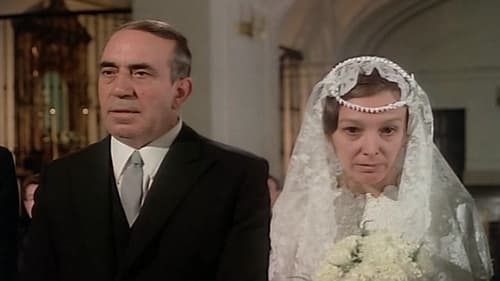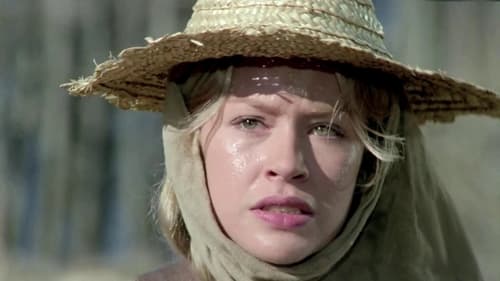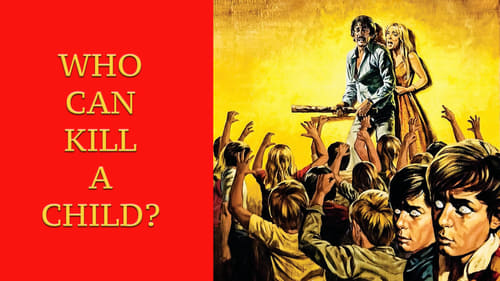
Miguel
This literary film is imbued with the disenchantment of Spanish exiles who left their homes to protest Franco's fascist regime and then returned after its demise to find that democracy had not instilled either ethics or deep motivation in government leaders. Director Basilio Martin Patino presents his story, and a large part of the film is based on his own life, through the experiences of an exiled heroine played by Charo Lopez. She has returned to Spain to look for meaning in her life, something that she never found living in Germany, not even after having a child. She is also in the process of translating the German lyric poet Friederich Holderlin (see the 1985 Halfte Des Lebens) into Spanish, focusing on his epic Hyperion. Excerpts from the translation are voiced over throughout the film. As she looks up old friends from many, many years ago, even those who have achieved worldly success are suffering from the same ennui that propelled her back home.

Two former students of a strict religious school decide to return there during the summer holidays to make those who were their teachers experience all the suffering they experienced as students, beginning a sinister game in which the buried violence, the dark traumas of the past and the desire to heal old wounds will lead them to an unexpected climax.

On a stopover in Barcelona, Fériaud Roland discovers a corpse in the hotel room next door. He wakes up in a strange clinic without remembering who brought him there. The doctor insists he hallucinated, but it's not long before he obtains evidence that it wasn't a dream.

Miguel

King of Aragón
Kingdom of Castile, 15th century. A group of nobles, who question the dynastic legitimacy of Princess Juana, daughter of King Enrique IV, conspire with the purpose of overthrowing him.

Fernando
The film plunges the intrigue of a love triangle in which is involved a former actress who has a relationship with her husband, a film producer, her lover, the screenwriter of the films he produces, and a criminal lawyer.

Coastguard
A couple of English tourists arrive at the island of Almanzora, off the Spanish Mediterranean coast, where they discover that there are no adults in a small fishing village, only some children who stare at them and smile mysteriously.

Art Direction

Melquiades
On an island buffeted by storms, the seamen are confined with no desire to abandon the life by the sea. They spend days and nights drunk in the tavern. The young woman who serves them has one desire: to go far away. This sets the stage for a musical in the open, and will frame a story of love and adventure, reminiscent of the director's film Aoom.

Costume Design
The musical group Los Bravos is enjoying a short holidays. It's in a mountain hut, near a girls' school, eager to see and hear.

Art Direction
An expressionist reimagining of the classic Greek myth involving Acteón and Diana, transposed to Spain's Costa Brava by a future auteur of horror cinema. Based on the myth from Ovid's Metamorphoses in which Acteón accidentally catches a glimpse of Diana, the goddess of love, and is subsequently turned into a deer for his dogs to devour, Jorge Grau's modernist retelling resets the story to contemporary Spain, where a fisherman – played by Martin LaSalle, star of Bresson's Pickpocket – follows an enchanting, flirtatious stranger into the city.

Art Direction
Paco is the boy buttons a luxury hotel. Usually do small businesses with the resale of tickets to bullfights tourists. By a misunderstanding is fired from his job. There is no use of his taste and wanders the Victoria Street taverns. Finally discovers his only chance in bulls, easy craft that believes and loves. The reality is very different and has to accept the truth which manifests itself in a very dramatic.

Pedro
Barcelona in the early sixties: black and white chronicle of the ups and downs in the relationship of several young couples of the Catalan bourgeoisie during the time between two Saint John's eve festivals.









